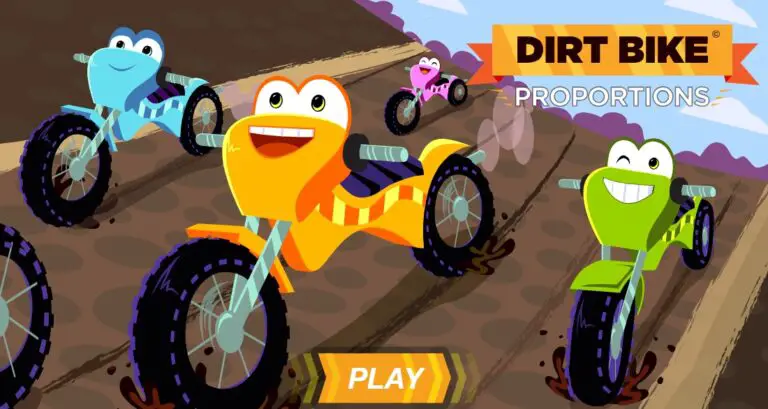Teddy Solomon recently moved to a new house in Palo Alto and turned to the Stanford community on Fizz to furnish his room.
“Every time I show up to buy something from somebody, I grill them about the marketplace, because I’m really curious about their experience,” Solomon, a co-founder of Fizz, said. He’s particularly excited about the $100 TV he got from a grad student who was about to move out for the summer.
“Did you tell him who you were?” asked Rakesh Mathur, the longtime entrepreneur and investor that Solomon brought in to be CEO of Fizz.
“Yeah, because I asked him like, 100 questions about the marketplace,” Solomon responded.
When first meeting Fizz’s Stanford dropout co-founders in 2022, the anonymous social media platform — which has separate communities for individual school campuses — was only at about a dozen colleges. Now, the app is operating on 240 college campuses and 60 high schools, and the team has expanded to 30 full-time staff and 4,000 volunteer moderators across schools. Fizz has raised $41.5 million across multiple funding rounds, powering the app’s growing presence in campus culture.

Even in those earliest conversations, Solomon mentioned Fizz’s plans to open a marketplace where students can buy and sell items like clothes, textbooks, bikes, and more. College students are often making these kinds of transactions since they’re moving between dorms every year, and maybe they want some money back for their lightly used calculus textbook.
Solomon thinks that the market for a local, Gen Z-focused buying and selling platform is wide open.
“There’s that kind of stigma around, like, if I sell something on Craigslist, I might get kidnapped,” Solomon said. “And Facebook marketplace… Gen Z is not using Facebook.”
His hunch seems to be accurate. The marketplace feature rolled out across Fizz’s hundreds of campuses between March and May of this year, in preparation for the predictable end-of-semester rush to sell. Solomon said Fizz has had 50,000 listings posted on the platform, with 150,000 DMs sent around items. The most popular category is clothing, which amounts to about 25% of listings.
But Facebook marketplace won’t be an easy competitor to beat. Some young Facebook users say they only go on the platform for the marketplace. Even though fewer Gen Z users are on Facebook, Meta is working on recapturing that generation’s attention.
Payments are not yet integrated into Fizz, so users are responsible for navigating their sales. Solomon said Fizz may build out a payment structure to make the marketplace more user-friendly, but he isn’t thinking about monetization yet. While Fizz may be rich in venture funding, this classic Silicon Valley move of prioritizing growth over profit isn’t as feasible in the next generation of social media.

Fizz is fully anonymous, even on the marketplace. But to get onto a school’s Fizz community in the first place, you need to verify a school email account. So, while there’s always a risk in meeting up with a stranger — even if they go to your school — users seem less hesitant about buying from their classmates.
“One of the statistics we really love that we were looking over the other day is that on average, every seller has two people reach out to them before they sell,” Solomon said. “If you know they’re in the dorm next door to you, you don’t have any reason to figure out if they’re legitimate or not. It’s pretty easy.”
But as with the anonymous social platforms that have come before it, Fizz has struggled to maintain a safe environment on all of its campuses. In one high-profile case, a Fizz community wreaked havoc on a high school, as students hid behind anonymity to shame and torment other students and faculty.
“We’ve had two communities that we’ve voluntarily shut down just because of feedback from parents and administrators,” Solomon said. Since then, Fizz has refocused its commitment to content moderation. In the past, Fizz paid part-time student moderators to monitor their communities. Now, the company has dedicated staff that work on trust and safety, and it’s using technology from OpenAI to make its automated moderation more robust.
Very proud of the @fizz_app team today as we celebrate two remarkable milestones: launching at 80+ schools and a $25M Series B funding round. College students: you’ll see a lot more from Fizz this Fall!
Check out our story in @techcrunch 👉https://t.co/0f5sOdjwYr
— Teddy Solomon (@TeddySolomon11) August 11, 2023
These efforts may not be enough to mitigate concerns, though. On anonymous apps, school administrators have seen terrible scenarios play out before — remember YikYak? The president of the University of North Carolina, which has 16 campuses, announced plans to ban anonymous apps like Fizz, Whisper, and Sidechat from the school. So, those students won’t be able to buy pre-owned textbooks on Fizz’s marketplace.
“We’re very aware that as an anonymous, Gen Z platform, moderation has to be our core,” Mathur said.
Accessing one university’s Fizz community, students posted about sex and drugs — these topics are allowed on Fizz — but were not bullying each other or sparking harmful dialogue. But this is just one community out of hundreds. While Fizz’s momentum in growing its content moderation team is promising, even the largest, most resourced social platforms still struggle with toxicity.
Fizz’s argument in favor of the anonymous nature of the platform is that it encourages students to open up about how they’re really feeling — when a student sees posts about how other people might be stressing over an exam or struggling socially, they’ll know they aren’t alone in those experiences. On the brighter side, users might find some great campus-specific memes. Or, now that there’s a marketplace, they might be able to score a great deal on a TV.










